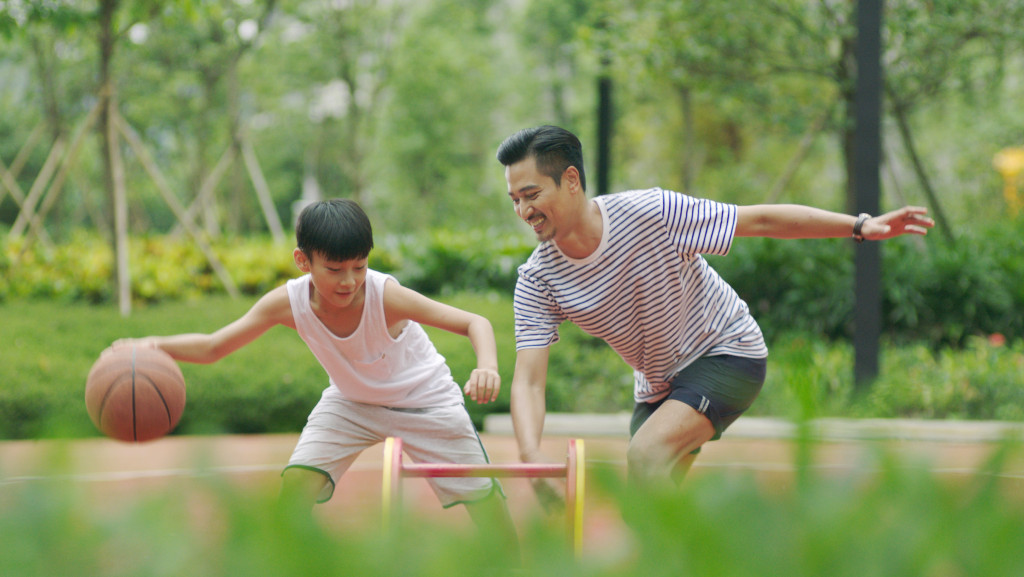The Ultimate Guide to Karate Suits: History, Types, and Buying Tips

Karate, a martial art originating from Japan, is renowned for its disciplined techniques, mental focus, and iconic attire known as karate suits. Also called karategi or gi, these suits are more than just clothing; they embody the essence of karate’s tradition, philosophy, and practicality. In this comprehensive guide, we delve into the world of karate suits, exploring their history, different types, essential features, care tips, and buying considerations.
History of Karate Suits
The evolution of karate suits is deeply intertwined with the development of karate itself. Historically, karate practitioners wore everyday clothing, such as kimono-like garments, during training and practice sessions. However, as karate gained popularity and formalized into a structured martial art, the need for specialized attire emerged.
The modern karate suit, as we know it today, took shape in the mid-20th century. Gichin Funakoshi, often referred to as the father of modern karate, played a pivotal role in standardizing karate uniforms. Funakoshi adopted the judogi (Judo uniform) and made modifications to create a more suitable outfit for karate practitioners. These modifications included shorter sleeves and pants to facilitate dynamic movements and kicks.
Types of Karate Suits
Karate suits come in various styles and designs, each tailored to meet specific preferences, training needs, and skill levels. Here are the primary types of karate suits:
1. Traditional Karate Gi
The traditional karate gi remains the most widely recognized and used type of karate suit. It comprises three main components:
- Uwagi (Jacket): Made from heavy-duty cotton or a cotton-polyester blend, the jacket features a wrap-around design with ties or belts to secure it in place.
- Zubon (Pants): The pants are typically designed with a drawstring waist and reinforced stitching to withstand rigorous training.
- Obi (Belt): The belt signifies a practitioner’s rank and level of expertise, with colors ranging from white (beginner) to black (master).
2. Lightweight Karate Gi
Ideal for hot climates or intense training sessions, lightweight karate gis are made from lighter fabrics like polyester or a cotton/polyester blend. These gis offer enhanced breathability and moisture-wicking properties, promoting comfort during extended workouts.
3. Heavyweight Karate Gi
Designed for durability and resistance to wear and tear, heavyweight karate gis are crafted from thick, dense cotton materials. They provide excellent protection and are favored by advanced practitioners and competitors who engage in full-contact sparring.
4. Kata Karate Gi
A form of solo practice in karate focusing on predetermined sequences of movements, requires a specific type of gi. Kata gis are often characterized by a more tailored fit, shorter sleeves, and tapered pants, allowing for precise movements and showcasing the practitioner’s technique.
5. WKF Approved Karate Gi
For practitioners participating in competitions sanctioned by the World Karate Federation (WKF), wearing a WKF approved karate gi is mandatory. These gis adhere to strict guidelines regarding fabric weight, design, and appearance, ensuring fairness and standardization in competitive settings.
Essential Features of Karate Suits
When selecting a karate suit, several key features should be considered to ensure optimal comfort, performance, and durability:
1. Fabric Quality
High-quality cotton or cotton-blend fabrics are preferred for karate gis due to their breathability, moisture absorption, and durability. The fabric weight can vary based on the type of gi, with lightweight gis ranging from 6 to 10 ounces and heavyweight gis weighing 12 ounces or more.
2. Reinforced Stitching
Reinforced stitching along the seams and stress points enhances the gi’s durability and prevents tearing, especially during intense training sessions and sparring.
3. Design and Fit
The gi should provide a comfortable yet unrestricted fit, allowing for a full range of motion without being too loose or restrictive. Proper sizing based on height and weight measurements is essential to ensure a tailored fit.
4. Ventilation and Moisture Management
For optimal comfort, look for gis with ventilation panels or mesh inserts in high-heat areas to promote airflow and moisture evaporation, keeping you cool and dry during training.
5. Ease of Care
Choose a karate gi that is easy to maintain and clean, preferably machine washable with minimal shrinkage to retain its shape and fit over time.
Care and Maintenance Tips
To prolong the lifespan of your karate suit and keep it in optimal condition, follow these care and maintenance guidelines:
- Washing: Machine wash your gi in cold water with mild detergent to prevent color fading and shrinkage. Avoid using bleach or harsh chemicals.
- Drying: Air dry your gi by hanging it on a clothesline or drying rack to preserve fabric integrity. Avoid tumble drying, as high heat can damage the fabric and stitching.
- Ironing: Use a low-heat iron to remove wrinkles from your gi, if necessary. Ironing on high heat can scorch the fabric and weaken the stitching.
- Storage: Store your gi in a cool, dry place away from direct sunlight to prevent discoloration and mildew growth. Proper storage helps maintain the gi’s shape and freshness between uses.
- Repairs: Promptly repair any loose threads, torn seams, or damaged areas to prevent further deterioration and ensure safety during training.
Buying Considerations
When purchasing a karate suit, consider the following factors to make an informed decision:
- Purpose: Determine whether you need a gi for training, competitions, or specific practice sessions like kata.
- Fabric Type: Choose a fabric that suits your climate, training intensity, and personal preferences (e.g., cotton for comfort, polyester for quick drying).
- Size and Fit: Refer to the manufacturer’s sizing chart and guidelines to select the right size based on your height, weight, and body measurements.
- Brand and Quality: Research reputable brands known for high-quality karate suits and read customer reviews to gauge durability, performance, and customer satisfaction.
- Budget: Set a budget range based on your needs and prioritize features that align with your training goals and preferences.
Conclusion
Karate suits, with their rich history, diverse types, and essential features, play a vital role in the practice and culture of karate. Whether you’re a beginner embarking on your martial arts journey or an experienced practitioner honing your skills, choosing the right karate gi is essential for comfort, performance, and style. By understanding the different types, key features, care tips, and buying considerations outlined in this guide, you can make an informed decision and enjoy the benefits of a quality karate suit for years to come.









